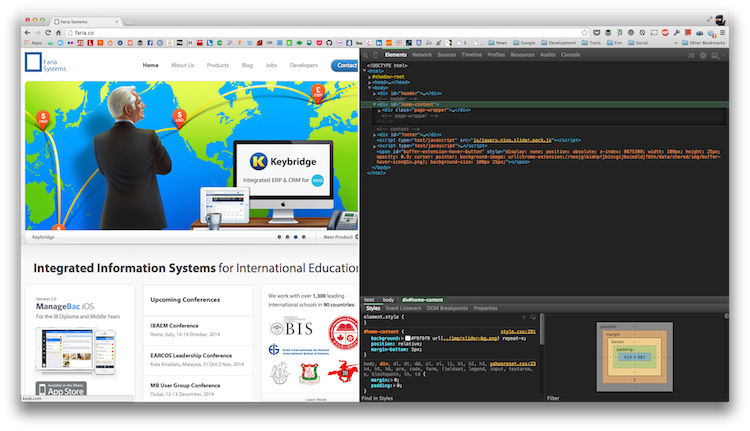What’s happen if you found database queries are slow sometime. How to config your logs for mysql to identify the causes. It’s not easy, but some ways you can do first if there is no any other specific reason from resource shortage.
Check your database status if any slow queries are there.
$ mysqladmin -u root -p status
Enter password:
Uptime: 126005 Threads: 1 Questions: 109 Slow queries: 0 Opens: 327 Flush tables: 1 Open tables: 80 Queries per second avg: 0.000
or for Percona, you can issue following command;
$ sudo service mysql status
* /usr/bin/mysqladmin Ver 8.42 Distrib 5.5.38-35.2, for debian-linux-gnu on x86_64
...
Uptime: 76 days 9 hours 17 min 56 sec
Threads: 41 Questions: 148972423 Slow queries: 5894447 Opens: 1489 Flush tables: 1 Open tables: 552 Queries per second avg: 22.572
If you found many slow queries in last line, you can decide to enable slow queries log for tracking this issue. Unmark following two lines in your /etc/mysql/my.cnf file to enable logs for slow queries.
log_slow_queries = /var/log/mysql/mysql-slow.log
long_query_time = 2
where 2 means only log mysql queries exec longer than 2 seconds. And then, restart your mysql service. There will log some slow queries for you to tune your code for database access. Of course, for the performance issue, you can disable it when it is not necessaryi anymore.
